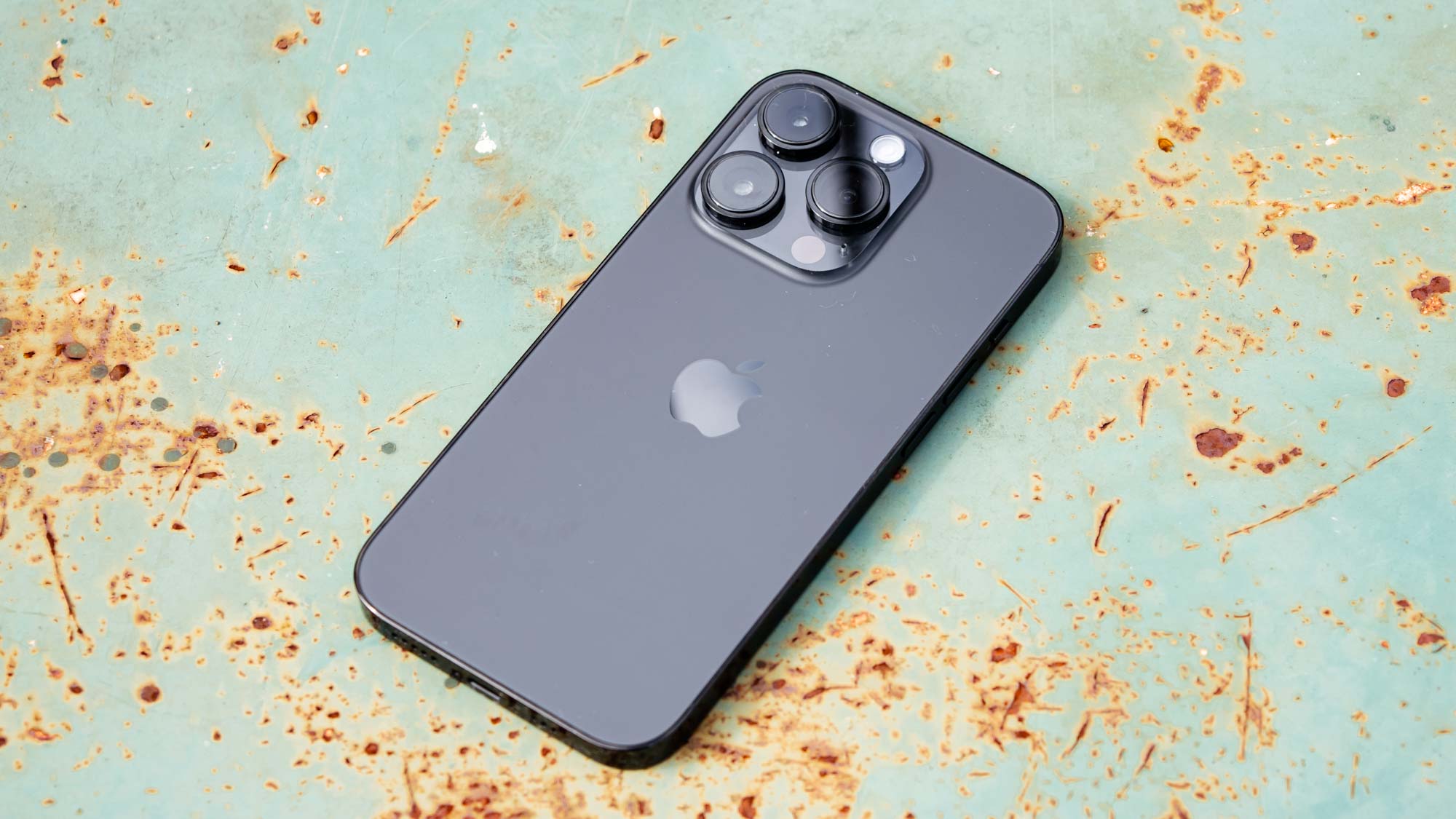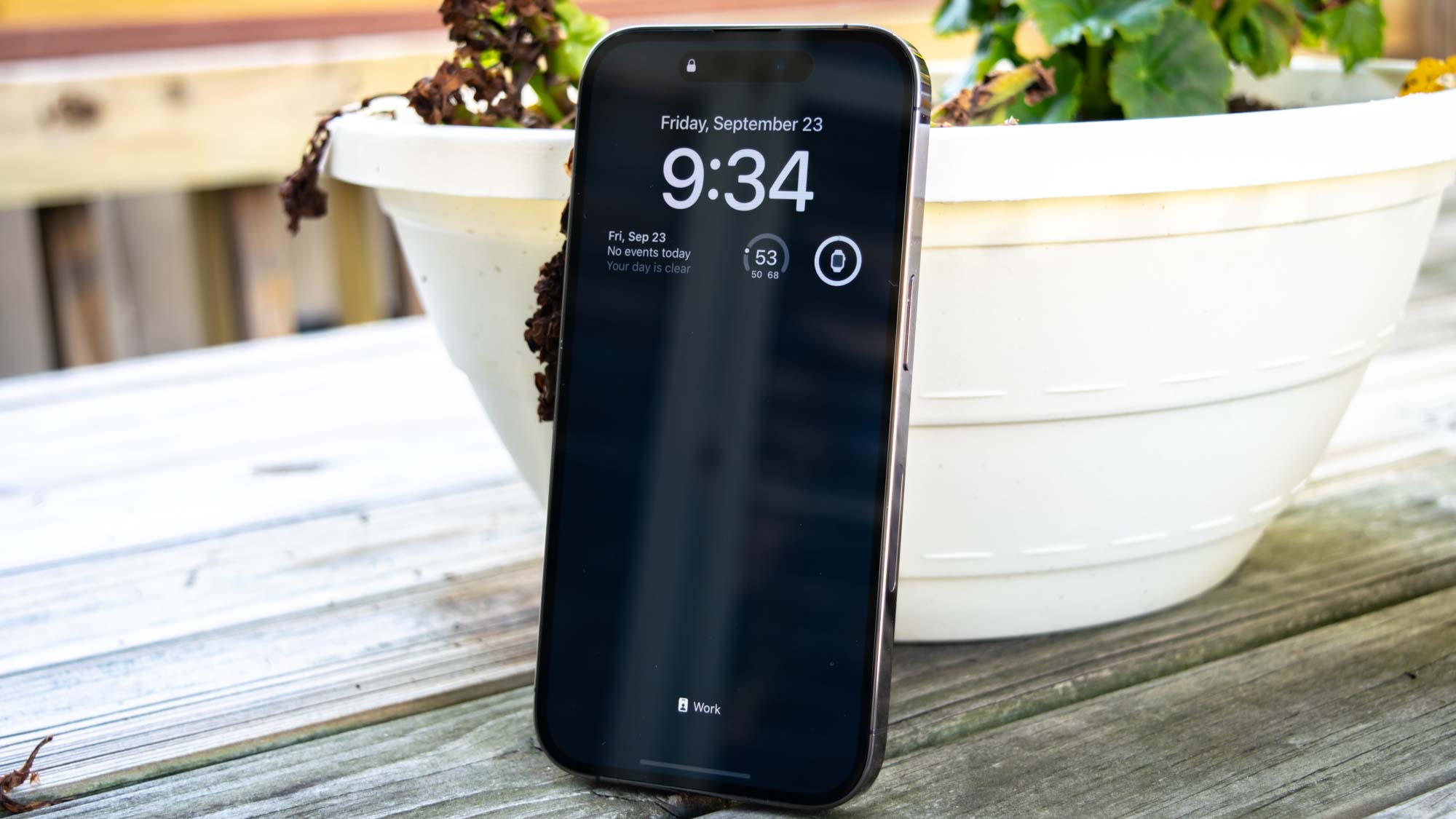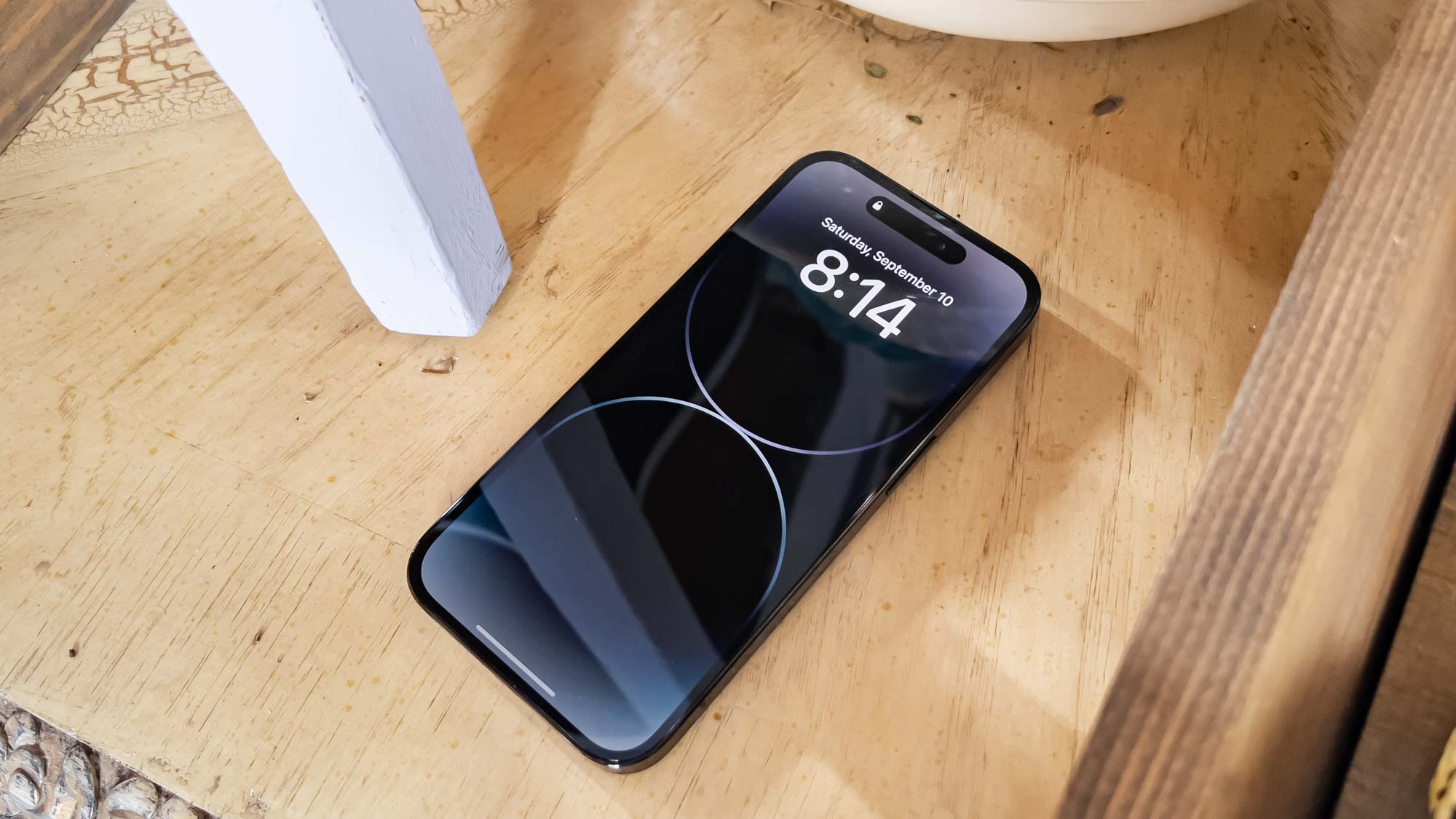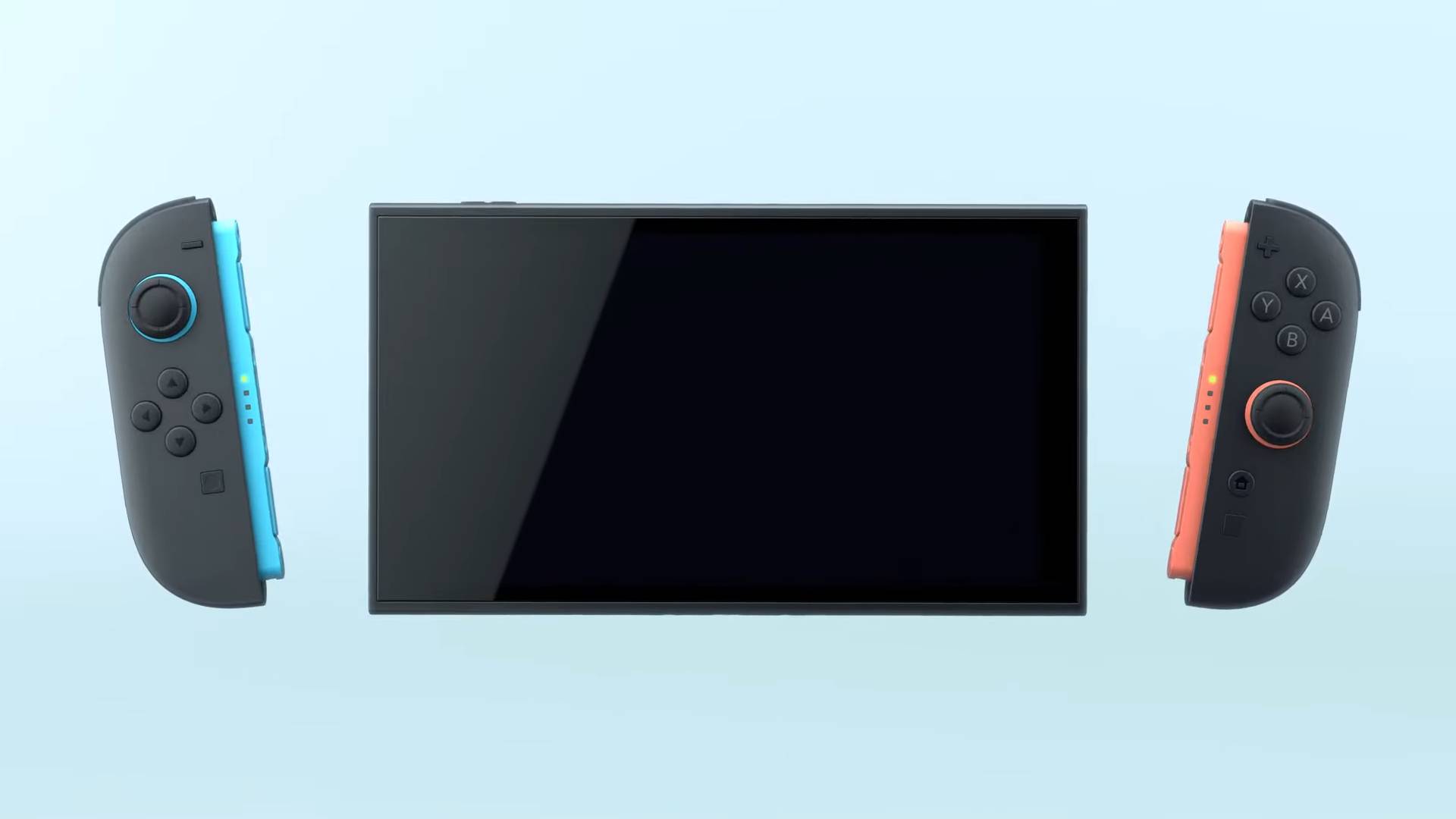I learned that iPhone 14 Pro's always-on display killed my battery life
Here's how I got some of that battery life back

Update: New iPhone 14 Pro battery life testing shows just how much power the AOD consumes.
When Apple's iPhone 14 Pro finally gave us an always-on display — a feature that the best Android phones have had for many years now — I was ecstatic. I'd been wanting one ever since my switch to iPhone because I love the utility of an always-on screen. But after getting my hands on one of the new Pro models, I found myself ultimately disappointed with this highly anticipated feature.
Apple missed the whole idea of an always-on display (AOD). I think it should be a minimal experience, showing very basic info in a low-power monochrome format. But that's not what the iPhone 14 Pro does. Instead, Apple's phone simply dims the lock screen, complete with all of your widgets and wallpaper. The iPhone 14 Pro accomplishes what an AOD should, sure, but it over-complicates the process.
Another problem I had with the iPhone 14 Pro was the battery life. It paled into comparison to the iPhone 13 Pro (by more than 2 hours in our battery life test) for reasons I could not fathom.
Then it hit me: what if my two biggest iPhone 14 Pro complaints were somehow connected? On a hunch, I decided to turn off AOD over this past weekend — and I noticed the differences in battery life almost immediately.
iPhone 14 Pro: Getting much better battery life
For about a week, I put off this experiment. I liked having an always-on display on my iPhone, but I got tired of barely making it through a day on one charge — one time, I ended the day with less than 10% power left. After the iPhone 13 Pro, I wasn't used to this, so I turned off the AOD one evening toward the end of the week.

I spent the next day watching as my battery percentage barely moved.
Sign up to get the BEST of Tom's Guide direct to your inbox.
Get instant access to breaking news, the hottest reviews, great deals and helpful tips.
That continued over the weekend with me ending days closer to 50% to 60% left on my battery. I was amazed. Could the AOD be draining that much power?
My iPhone usage hadn't changed during my experiment, featuring a lot of scrolling through and commenting on Reddit, checking Hacker News, reading articles on Medium, and quick browses through my Twitter timeline. I even did some remote management on a few of my servers.
I thought about one additional day with my iPhone 14 Pro's AOD set to black and white, which you can only do with Focus. However, I did not get a chance to try it out. I think it's a bit of an odd workaround, but it's closer to the AOD ideal.
iPhone 14 Pro always-on display: Outlook

For now, however, I will keep my iPhone 14 Pro's always-on display turned off. It saddens me, but I'd rather not have battery anxiety at the end of the day. While the iPhone 14 Pro's longevity isn't outright bad, it could certainly be better for heavy users. (The iPhone 14 Pro Max, which also has an always-on display, isn't really affected by this issue, as it's currently the second-best phone on our best phone battery life list.)
I regret that I have to turn off a feature I was so excited for just so that I can get the most out of my phone's battery. Funnily enough, I haven't noticed huge gains on Android phones when I turn off their AODs, but that's based on purely anecdotal observations.
So take this with a grain of salt. Still, if you're noticing less than stellar battery life on your iPhone 14 Pro, then try turning off the always-on display. You might just get some extra juice out of your new phone.
Next: There's an iPhone 14 Pro bug that's causing the phones to randomly reboot while charging. And speaking of batteries, older Samsung phones could be hiding a dangerous battery problem. Also read about how my colleague dumped his iPhone 14 Pro after one day — here's why.

Jordan is the Phones Editor for Tom's Guide, covering all things phone-related. He's written about phones for over six years and plans to continue for a long while to come. He loves nothing more than relaxing in his home with a book, game, or his latest personal writing project. Jordan likes finding new things to dive into, from books and games to new mechanical keyboard switches and fun keycap sets. Outside of work, you can find him poring over open-source software and his studies.
